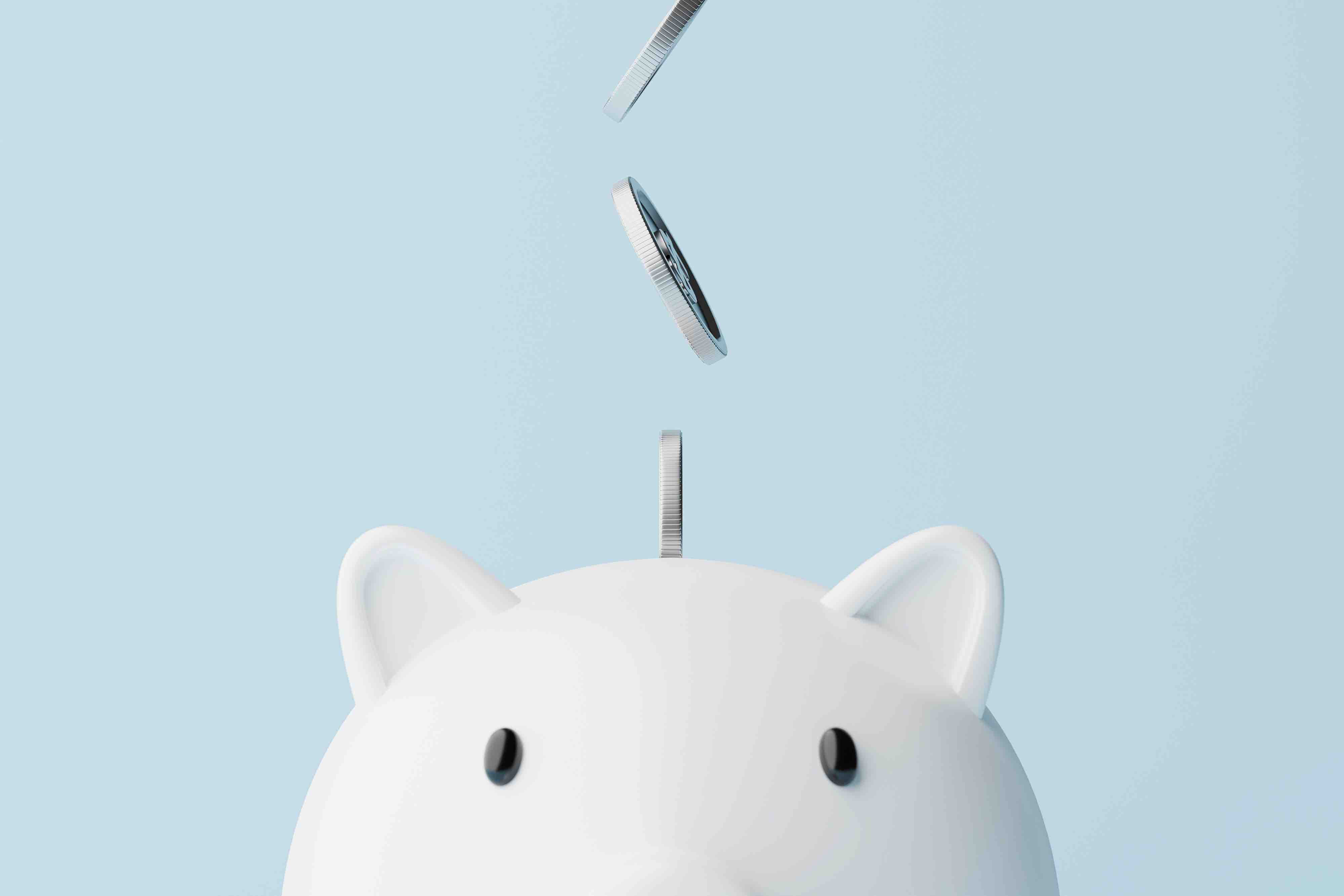Breaking Down the Cost of Credit
At some point, most of us will need to take on debt. Whether it’s through a credit card, a loan, or another borrowing method, debt can help fund necessities like home improvement projects and major purchases. It can also assist you in a pinch if you encounter surprise expenses that your emergency fund can’t cover.
But you should always contemplate new debt carefully and do the math to see how much it will cost you. Your overall cost of credit includes the initial amount you borrow, plus interest and any additional fees.

Borrowing Amount
This is usually called the “principal” when referring to loans and the “balance” when referring to credit cards. Note that your credit card balance includes not just the money you spend, but any interest and fees that balance has accrued.
Interest
“Interest” is what a lender charges in exchange for letting you borrow money from them. It’s typically expressed as a percentage of the overall amount you’ve borrowed, calculated over a year; for example, if the interest rate is 10%, then you would pay $100 annually in interest for every $1,000 of debt you accumulate.
There are two types of interest rates: “fixed,” which are for a set time period and don’t change during that timeframe, and “variable,” which fluctuate based on external factors (most notably the interest rates set by the United States Federal Reserve.) The amount you’ll pay in interest also depends on whether the debt is “revolving” or “installment” debt. Personal loans tend to be installment debts and carry fixed rates, while credit cards are often revolving debts with variable rates.
One notable exception is Upgrade Card, which offers the flexibility and ease of a credit card with the concrete end date and predictable payments of our fixed-rate loans. Check your eligibility and learn your rate with no impact to your credit score!
A Note on Annual Percentage Rate (APR)
Annual percentage rate, or APR, refers to the overall yearly cost of a loan or credit card balance. It’s similar to interest, but includes any associated fees on top of that interest. That means if your loan or card agreement includes any fees, your interest and your APR will be different.
Your Credit Affects Your Costs
Your credit score can directly affect what interest rates you’re offered. The higher your score, the more favorable your terms may be.
Average Credit Card Interest Rate By Credit Score1
| Credit Score | Average Interest Rate |
|---|---|
| 720 or above | 12.7% |
| 660 - 719 | 16.9% |
| 620 - 659 | 19.1% |
| 580 - 619 | 20.2% |
| 579 or below | 21.1% |
Average Personal Loan Interest Rate By Credit Score2
| Credit Score | Average Interest Rate |
|---|---|
| 720 or above | 10.3 - 12.5% |
| 690 - 719 | 13.5 - 15.5% |
| 630 - 689 | 17.8 - 19.9% |
| 300 - 629 | 28.5 - 32% |
Other Fees
Interest is the most well-known fee associated with credit cards and personal loans, but it’s not the only one you should know about. Other fees you might encounter include:
- Late payment fees. Credit companies may charge you an extra fee if you don’t make a payment by its due date. These can be as low as $15 or as high as $28.3
- Balance transfer fees. Balance transfer fees happen when you use one credit line to pay off another credit card with a higher interest rate (i.e. transferring a credit card balance from one card to another.) You may end up paying 3 - 5% (or $300 to $500 for every $10,000) of the transferred balance.4
- Annual fees. Some credit cards, particularly more high-end and/or rewards cards, charge users an annual fee to help pay for the card’s perks. This can be anywhere from $25 to $550 on average, depending on what perks the card has and how many there are.5
- Origination fees. Most personal loan lenders charge an “origination fee” as compensation for facilitating the loan. It’s usually a percentage of the principal. As of 2022, the average origination fee was between 0.5 and 1% of what you borrowed.6
- Early payoff fees. Some - though not all - personal loan companies charge a fee if you pay your loan off before the agreed-upon end date. Early payoff fees are typically around 2% of the outstanding balance when you repay it.7
Credit Types By Cost
Before you apply for a credit card or loan, you should weigh the costs of each option. Here are some cost considerations when deciding between a credit card and a personal loan.
Credit Cards
- Are usually considered "revolving" debt
- Typically have “variable” interest rates
- Have an average interest rate of 15 to 19%
- May require late payment, balance transfer, and/or annual fees
- Are good for smaller purchases you want to pay off quickly
Personal Loans
- Are often considered "installment" debt
- Generally have “fixed” interest rates
- Have an average interest rate of 10%
- May require late payment, origination and/or early payoff fees
- Are good for larger purchases you want to pay off over time
Once you’ve made a choice, visit our guide to choosing a credit card or evaluating a personal loan offer and then check out our credit lines and personal loans.
- The Average Credit Card Interest Rate By Credit Score, Business Insider
- What's the Average Personal Loan Interest Rate?, Bankrate
- What Is A Late Fee?, Credit Karma
- What Is A Balance Transfer Fee? Here's Everything You Need to Know, Bankrate
- Average Credit Card Annual Fees, ValuePenguin
- Origination Fee, Investopedia
- Here's All You Need to Know About Paying Off Personal Loans Early, Forbes
- Average Credit Card Interest Rates, WalletHub
- What Is the Average Personal Loan Interest Rate?, Business Insider


